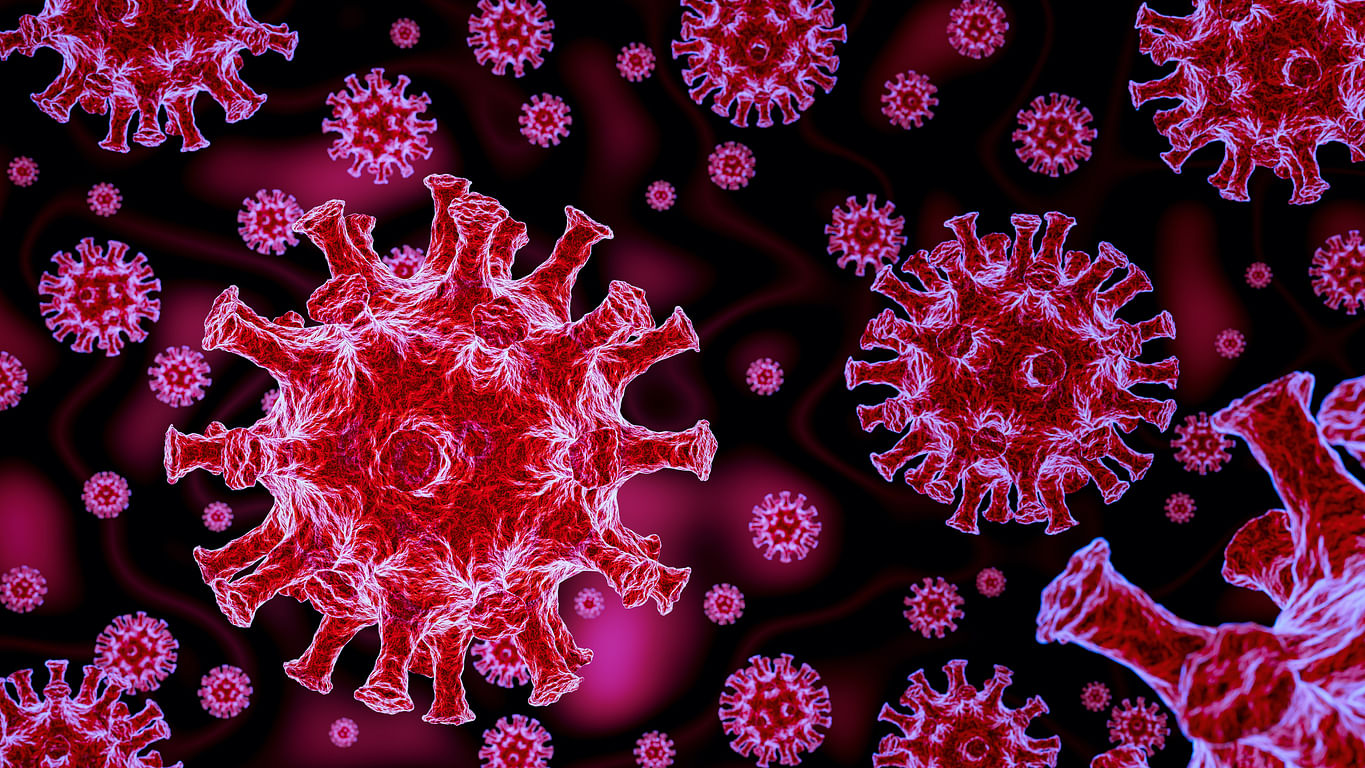
Flushing a toilet can create a large and widespread cloud of virus-containing aerosol droplets that last long enough to be breathed in by others, according to a simulation study that raises the possibility of COVID-19 being transmitted with the use of toilets.
Researchers from Yangzhou University in China noted that recent studies show the novel coronavirus that causes COVID-19 can survive in the human digestive tract and show up in faeces of the infected.
Toilet flushing creates a great deal of turbulence, and qualitative evidence suggests this can spread both bacteria and viruses, they said.
The study, published in the journal Physics of Fluids, used computer models to simulate water and air flows in a flushing toilet and the resulting droplet cloud.
The researchers used a standard set of fluid dynamic formulas, known as the Navier-Stokes equations, to simulate flushing in two types of toilet -- one with a single inlet for flushing water, and another with two inlets to create a rotating flow.
They also used a discrete phase model to simulate the movement of the numerous tiny droplets likely to be ejected from the toilet bowl into the air.
A similar model was used recently to simulate the movement of aerosol droplets ejected during a human cough, the researchers said. As water pours into the toilet bowl from one side, it strikes the opposite side, creating vortices, the explained. These vortices continue upward into the air above the bowl, carrying droplets to a height of nearly three feet, where they might be inhaled or settle onto surfaces, according to the researchers.
These droplets are so small they float in the air for over a minute. A toilet with two inlet ports for water generates an even greater velocity of upward flowing aerosol particles, they said.
"One can foresee that the velocity will be even higher when a toilet is used frequently, such as in the case of a family toilet during a busy time or a public toilet serving a densely-populated area," said study co-author Ji-Xiang Wang, of Yangzhou University.
The simulations show that nearly 60 percent of the ejected particles rise high above the seat for a toilet with two inlet ports, the researchers said.
"The number of particles and their size distribution is estimated based on published literature reports. The viral load in faecal matter and the fraction of resulting aerosol containing the virus is unknown,” said Bryan Bzdek, Research Fellow at the University of Bristol, who was not involved in the study.
"Even if the virus were contained in the produced aerosols, it is unknown whether the virus would still be infectious; there is not yet clear evidence for faecal-oral transmission," Bzdek noted.
A solution to this deadly problem is to simply close the lid before flushing since this should decrease aerosol spread, the researchers in the study said.
However, in many countries toilets in public restrooms are often without lids, according to the researchers who added that this poses a serious hazard.
They also suggest a better toilet design would include a lid that closes automatically before flushing.
"While this study is unable to demonstrate that these measures will reduce transmission of the SARS-CoV-2 virus, many other viruses are transmitted through the faecal-oral route, so these are good hygiene practices to have anyway," Bzdek added.